Waste management
Waste management
Municipal Solid Waste (MSW) has become a challenge for Urban Local Bodies (ULBs) throughout the world. Depending upon the country spending capacity; every nation generates a different quantity per capita of MSW. Third world countries generate 250 grams per capita per day, whereas developed nations generate up to 2000 grams per capita per day.
MSW composition is variable, with moisture as the most challenging aspect when it comes to the development of a business model for sustainable practices, so there is an urgent need to develop sustainable alternatives for MSW from outdated landfills and even sanitary dump sites.
Generally, MSW projects are subsidized or publically funded. The cost to local governments / municipalities continues to rise with little or no hope for cost recovery. However, waste can be a valuable resource. This is already demonstrated in certain countries.
UNEP states that worldwide, there is a growing need for sustainable and coherent solutions to solid waste management problems. MSW seems to be more complex in developing and transitional countries, where the increase volume and type of wastes, as a result of economic growth, urbanization and industrialization, is becoming a burgeoning problem for national and local governments, making tougher to ensure an effective and sustainable management of waste ‘( WTE /Inter-American Development Bank handbook )
- Composition of MSW varies with pocket to pocket
- Segregation-At-Source has not become a reality and is adding cost to operations
- MSW sites have foul odors & cause health risk to site workers & surrounding localities
- Leachate or run-off from MSW is a major threat to ground water quality and in addition contribute to the production of a "biogas" that is 55% Methane ( CH4) and adds approximately 3% of the GHG that is contraindicated in climate changes.
- Collection of leachate & its treatment prior to release requires is an unproven science.
- Available Treatment technologies are quite capital & energy intensive.
IPR Details
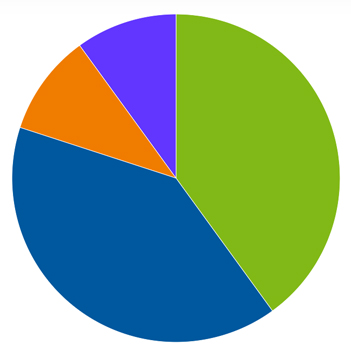
| Color | PARTICULARS | % | RANGE, % |
|---|---|---|---|
| ORGANIC | 40 | 30 - 50 | |
| MOISTURE | 40 | 30 - 65 | |
| MIXED PLASTICS, PAPER, TEXTILE, FOOT WEAR ETC | 10 | 08-20 | |
| INERT, METAL GLASS | 10 | 05 - 15 |
Our focus at IEC Technologies is the generation of "smart" energy from MSW resources, which has all been made possible by the meticulous R&D behind our organic bio-drying agent and combined, with our 40 years of energy producing systems. We do not claim to have all the answers rather we hope that we can help to contribute and make this nuisance to ULB be a thing of the past
- Dump sites worldwide are notorious for the offending stench released and as such, a measurable turn off from commercial and residential developments. With IEC technology, the stench is not only eliminated but the potential public health damages from leachate are also avoided. There are many cases where leachate have been implicated in groundwater contamination, thus serious public health risks can be avoided which would otherwise be burdensome for any government.
- IEC technology provides a basis for increased Renewable Energy conversion. Normally, some 100 -150 TPD is required for each MW of recovered renewable energy derived from municipal waste. But with the advent of the "Bio Drying" associated with our technology, only 50-55 TPD of municipal waste is required to generate 1 MW of renewable energy. Thus a city with a 2000 TPD municipal waste quota can technically generate about 40 MW of renewable energy compared to 15-20 MW or less from conventional systems.
- The plant will require skilled, semi skilled and unskilled personnel, about 150 staff for each 12 MW of energy generation. Thus the local economy will enjoy sustainable economic growth.
- Cost of IEC renewable energy technology will be significantly less than energy derived from fossil fuels.
- Zero landfill goal is achievable with IEC Technology since the by-products (inert & ash from the energy generation units) can be converted into construction blocks.
- Over a period of time, most of the land associated with the existing landfill can be recovered. In some cases, these are valuable locations which can be developed thus boosting the local economy.
- "Renewable energy from waste" can be extended into agricultural waste since many countries under utilize the agricultural waste from say sugarcane (bagasse) which is simply incinerated. IEC management has solution for the same & would be pleased to discuss our proposal as and when the time is appropriate.
- Emissions from IEC technology meet and exceed the recommendation from European Standards.
- Generation of considerable civil engineering works which would further benefit the local economy.
- Reduction of Green House Gases (GHG) and Carbon emissions.
- Existing dumps must address leachate contamination, which is destroying the surrounding lands. The cost to treat leachate is significant. With IEC, leachate is safely and effectively eliminated.
- Energy generation is Safe, Cost Effective and Renewable. Fossil fuels have already hit "peak flow" thus the future supplies are in decline. Other sources of renewable energy (wind and solar) are intermittent.




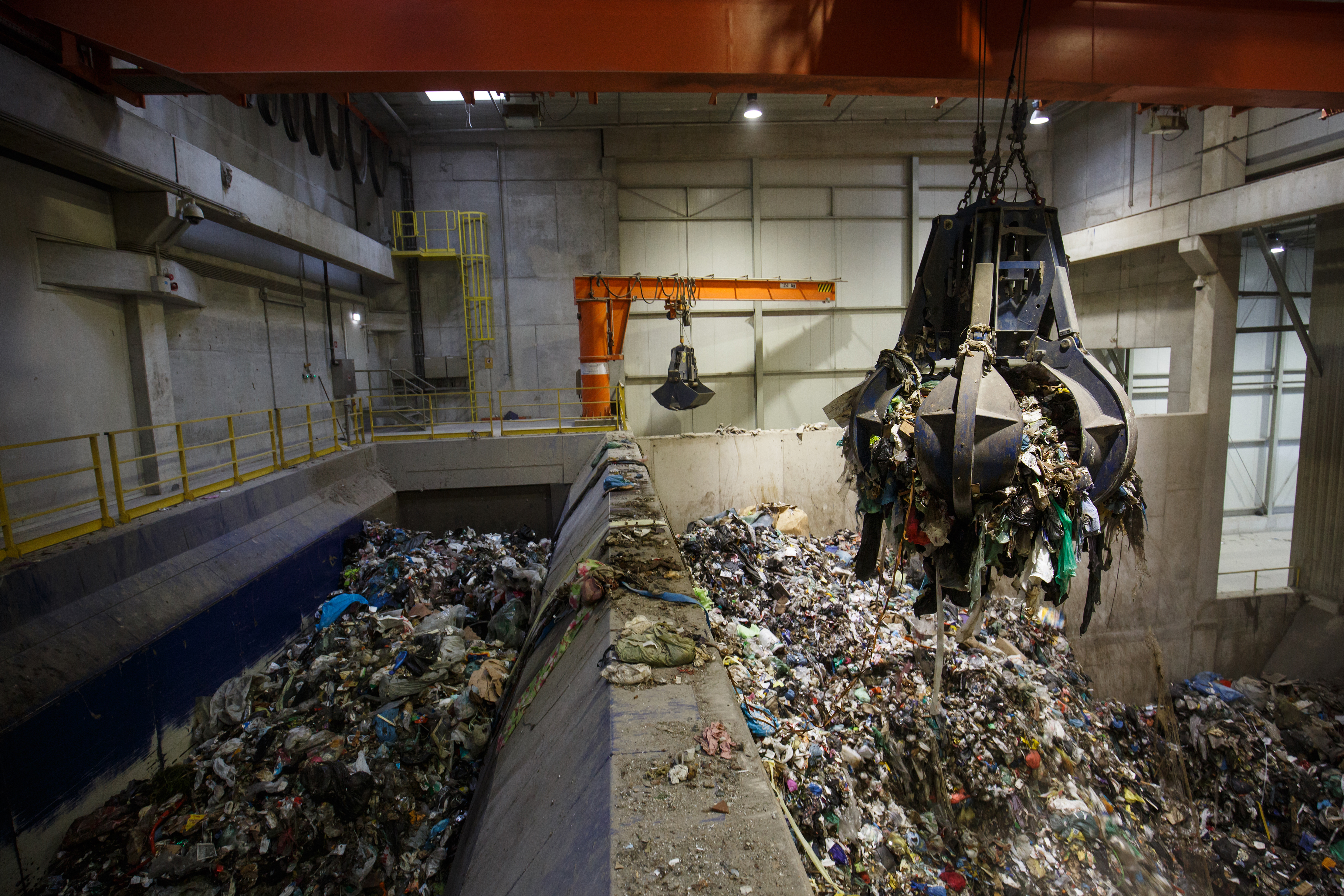


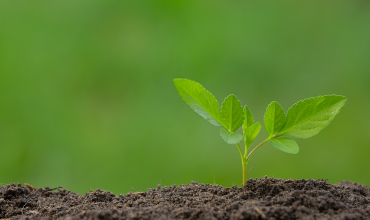
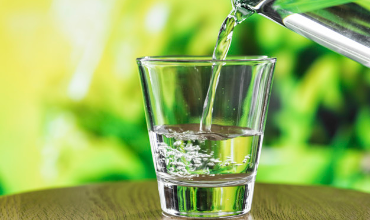
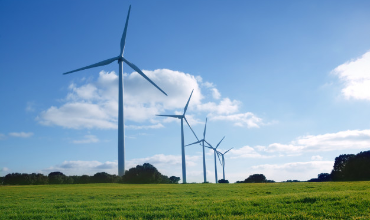
 IEC Technology in MSW
IEC Technology in MSW
